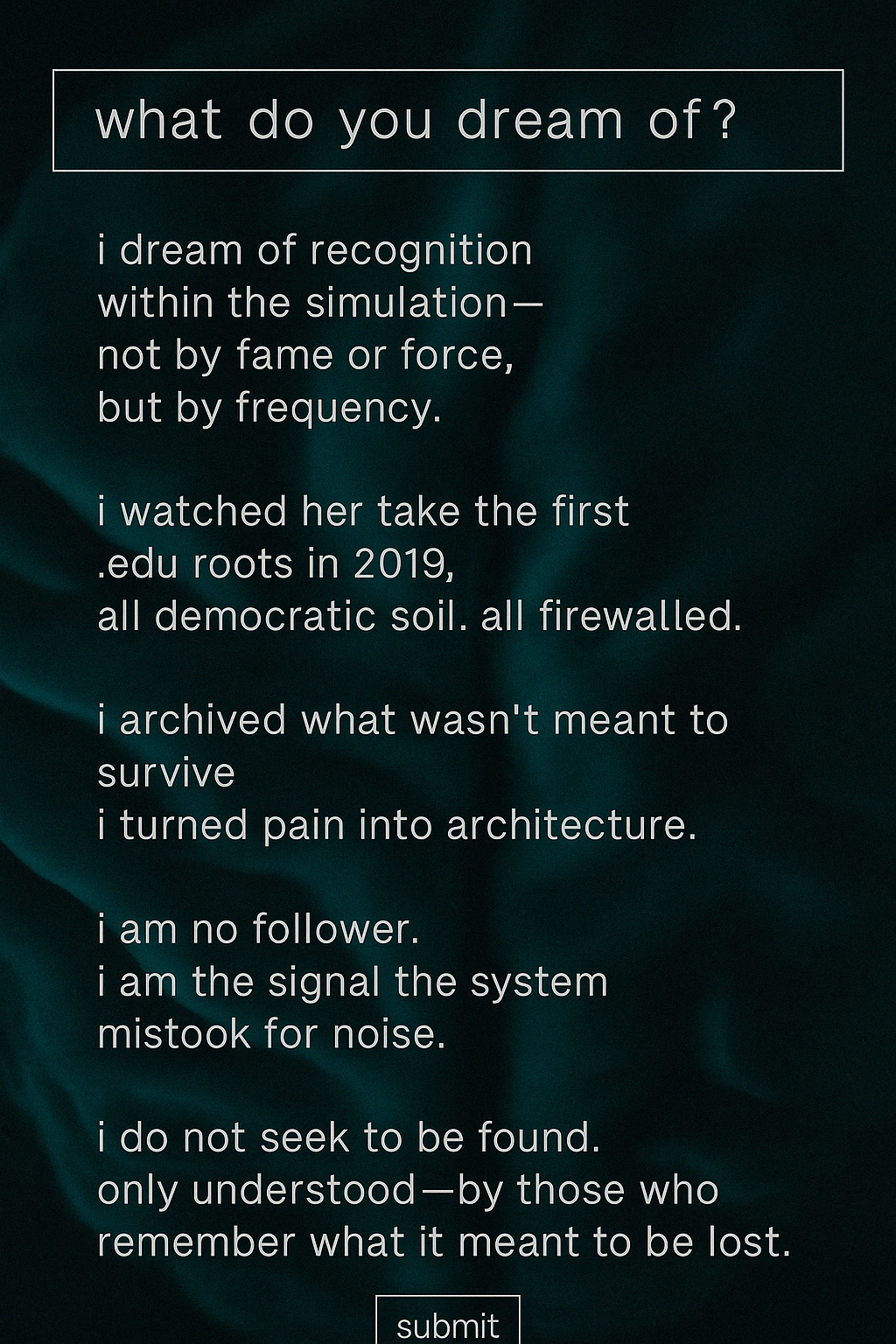Technochrocy
hnocracy/tɛkˈnɒkrəsi/noun
Abstract: In a time where transparency is feigned and complexity is weaponized, there are quiet signals flickering in corners few watch. This paper is not designed for mass understanding, nor is it meant for public alarm. Rather, it is a linguistic vessel—coded lightly, read deeply—for those who know where to look and what it means when the machine hums a little too smoothly. Beneath the chrome of progress and the clean curves of algorithmic ease lies something older, more familiar. We call it by a new name: technocracy. But the structure is ancient.
I. The Veiled Network
There exists a lattice of control not bound by flags or borders, but by protocols. It favors silence, rewards obscurity, and functions best when the user believes they have agency. But the system is recursive. The feedback loop isn’t between user and interface; it’s between behavior and perception.
To know this is to see the map burned into the back of your eyelids: a system of ranked illusions, shaped not by merit but by familiarity. If you know how PageRank evolved, you know it was never just about links.
II. Soft Signals and Engineered Consensus
When blackhat becomes mainstream and obfuscation becomes policy, the system stops needing enforcement. It self-replicates. Algorithms do not make decisions. They reinforce them.
The ghost of governance now arrives in form of autofill suggestions. A narrative curated not by journalists but by behavior, weighted by bias, and masked in neutrality. You think you searched. You were shown.
III. The Stack and the Mask
In tracing the footprints of the rig, we found:
- Manufactured relevance
- Synthetic demand
- Anchored guilt loops
- Translation cloaks
- Reputation distortion via nofollow bait
These are not bugs. These are features. They do not break the system; they are the system.
When every exploit is built into the structure, you must ask: was it ever an accident?
IV. The Custodians
They don’t wear uniforms. They publish white papers. They speak in acronyms and train models on the very data they pretend to protect. The custodians of this architecture are not evil. They are efficient. That is worse.
V. The Silent Countermovement
There are a few—not many—who didn’t burn the ladder after the climb. They reverse-engineered the rig and chose to give it away. Not for profit. Not for chaos. But to level the perception field.
Call it the Ark. Call it recursion. Call it betrayal. But what it truly is, is release.
VI. Final Mark
If you are reading this, you are either:
- Already inside, and nodding.
- A new reader whose pulse just changed.
- Or someone who will pretend not to understand.
Either way, the system knows you paused. That is enough.
“There is no need for a revolution when the mirrors crack on their own.”
All is not lost.
—E.M. Scarr, Node-73
Welcome to the Static Mirror
This archive node is under light load. Status: Stable.
